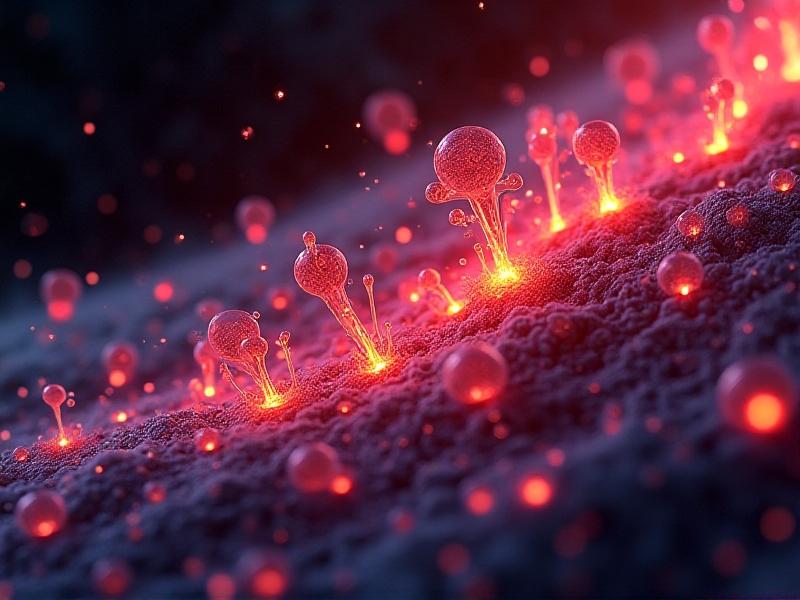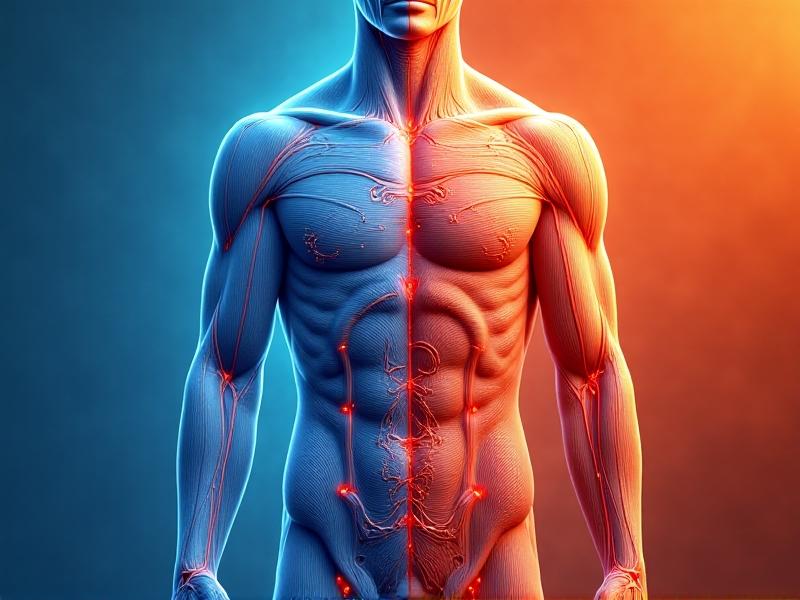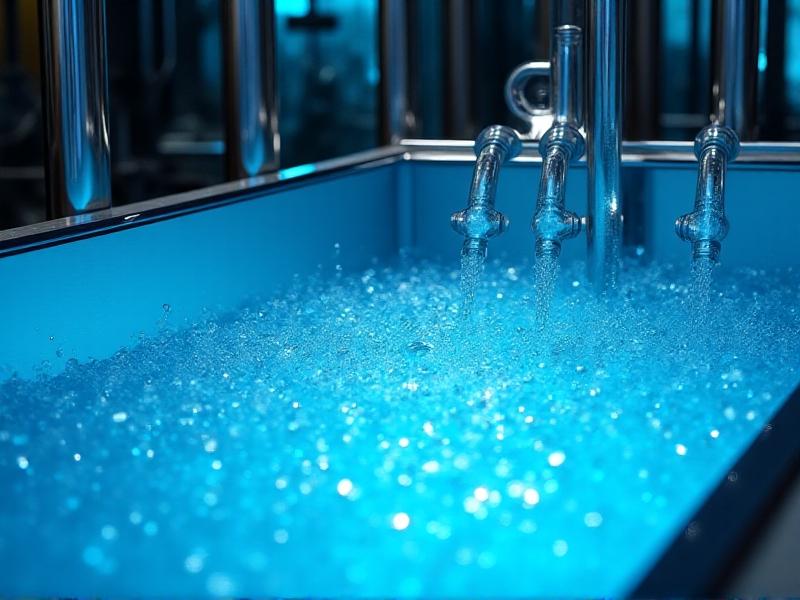Pre-Cold Exposure Nutrition Optimization
The Science Behind Cold Exposure and Metabolism
Cold exposure triggers a cascade of physiological responses designed to maintain core body temperature. Shivering thermogenesis and non-shivering thermogenesis—mediated by brown adipose tissue (BAT)—are two primary mechanisms. Nutrition plays a pivotal role in preparing the body for these energy-intensive processes. Consuming adequate calories and specific macronutrients primes metabolic pathways, ensuring efficient heat production without depleting energy reserves. Studies suggest that diets rich in healthy fats and complex carbohydrates may enhance BAT activation, while protein intake supports muscle preservation during prolonged cold stress.
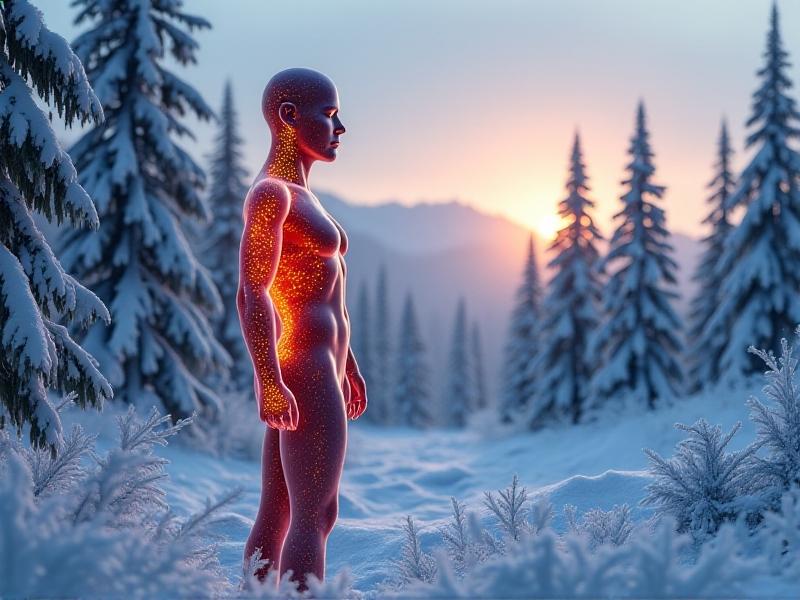
Macronutrient Strategies: Carbs vs. Fats for Fuel
Debates persist about optimal macronutrient ratios for cold adaptation. Carbohydrates provide quick energy for shivering, while fats offer sustained fuel for non-shivering thermogenesis. Pre-exposure meals might prioritize easily digestible carbs (e.g., oatmeal, sweet potatoes) to spike glycogen stores, followed by slower-burning fats (avocados, nuts) to maintain energy. Endurance athletes training in cold climates often employ a 60:30:10 carb-fat-protein split, but individual variation based on insulin sensitivity and metabolic flexibility must be considered. Combining both fuel sources ensures readiness for fluctuating cold stress intensity.
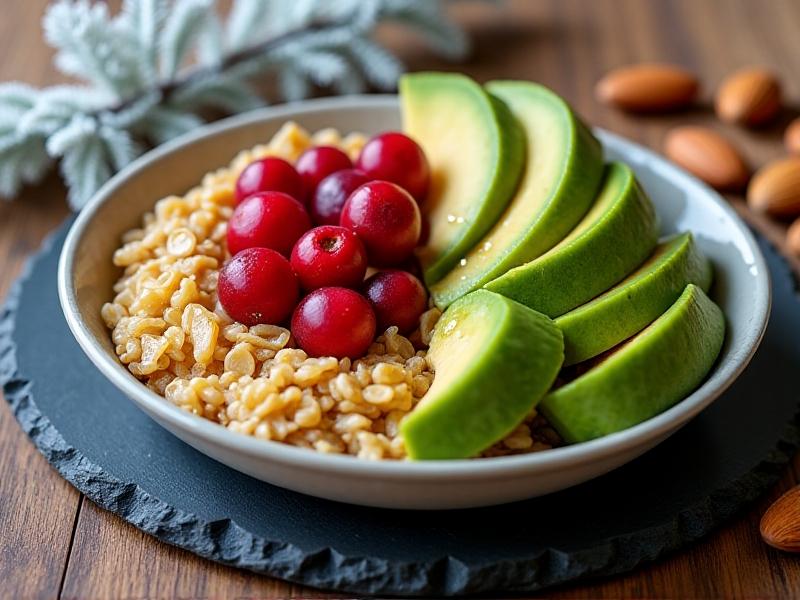
Micronutrients That Combat Cold Stress
Iron and zinc are critical for thermoregulation—iron supports oxygen transport to heat-producing cells, while zinc bolsters immune function often compromised by cold. Vitamin C’s antioxidant properties mitigate oxidative stress from vasoconstriction, and omega-3s reduce inflammation caused by repetitive cold exposure. Magnesium-rich foods like spinach or pumpkin seeds help relax blood vessels, improving circulation. A pre-exposure smoothie with kale, ginger, and chia seeds can deliver a synergistic micronutrient boost, enhancing both cold tolerance and recovery.
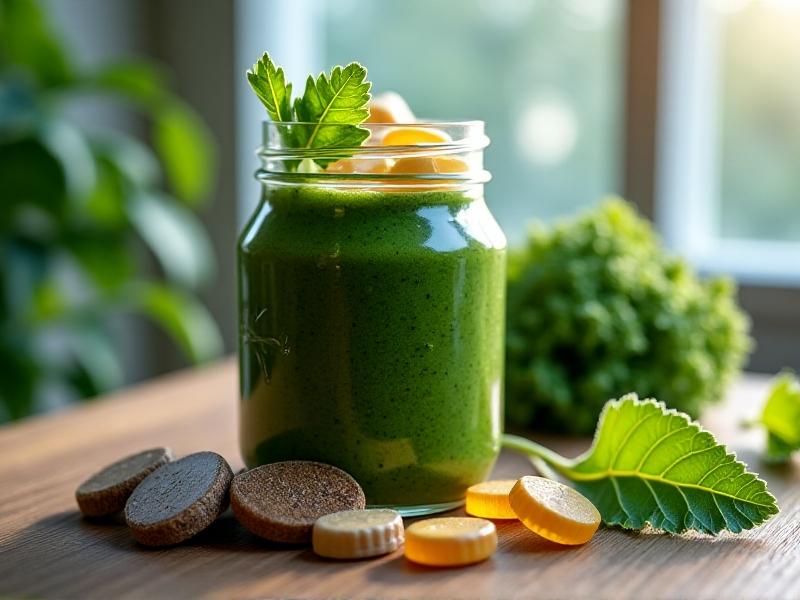
Hydration and Electrolytes: Overlooked Cold Warriors
Cold environments suppress thirst signals, increasing dehydration risk. Pre-hydration with electrolyte-rich fluids (coconut water, bone broth) ensures optimal blood volume for circulation. Sodium aids fluid retention, while potassium prevents cramping during shivering. Herbal teas with honey provide warming hydration while avoiding caffeine’s diuretic effects. A study of Arctic explorers showed those who maintained hydration had 23% better cold tolerance, underscoring the link between cellular water balance and thermogenesis.

Timing Your Meals: When to Eat Before the Chill
Consuming a meal 2–3 hours pre-exposure allows digestion without diverting blood from extremities. Focus on low-fiber, high-thermic foods: roasted root vegetables provide steady glucose, while fatty fish like salmon offer sustained energy. Avoid high-fiber or gas-producing foods that might cause discomfort during activity. For shorter windows (30–60 minutes), easily digestible options like banana with almond butter or rice cakes with hummus balance quick energy and satiety. Nighttime cold exposure (e.g., winter camping) benefits from slow-digesting casein protein before bed to fuel overnight thermogenesis.
Supplements to Enhance Cold Adaptation
Cold-adapted populations historically consumed adaptogens like rhodiola and ginseng to improve stress resilience. Modern options include fish oil (reduces inflammation from vasoconstriction) and capsaicin supplements to stimulate heat production. Beetroot powder boosts nitric oxide, enhancing peripheral blood flow. Ginger’s thermogenic properties make it a staple in pre-exposure teas. While supplements can augment nutrition, they shouldn’t replace whole foods—over-reliance may disrupt natural cold adaptation mechanisms honed through evolutionary biology.
Final Thoughts on Nutritional Preparation
Optimizing nutrition for cold exposure isn’t about extreme diets but strategic fueling that aligns with human physiology. Whether preparing for a polar expedition or morning winter runs, the principles remain: prioritize calorie density, balance macronutrients, and leverage micronutrients that combat cold-specific stressors. Pairing these strategies with gradual acclimatization allows the body to unlock its innate cold adaptation potential. Remember, even the most carefully planned diet works best when combined with proper gear and situational awareness in freezing environments.
